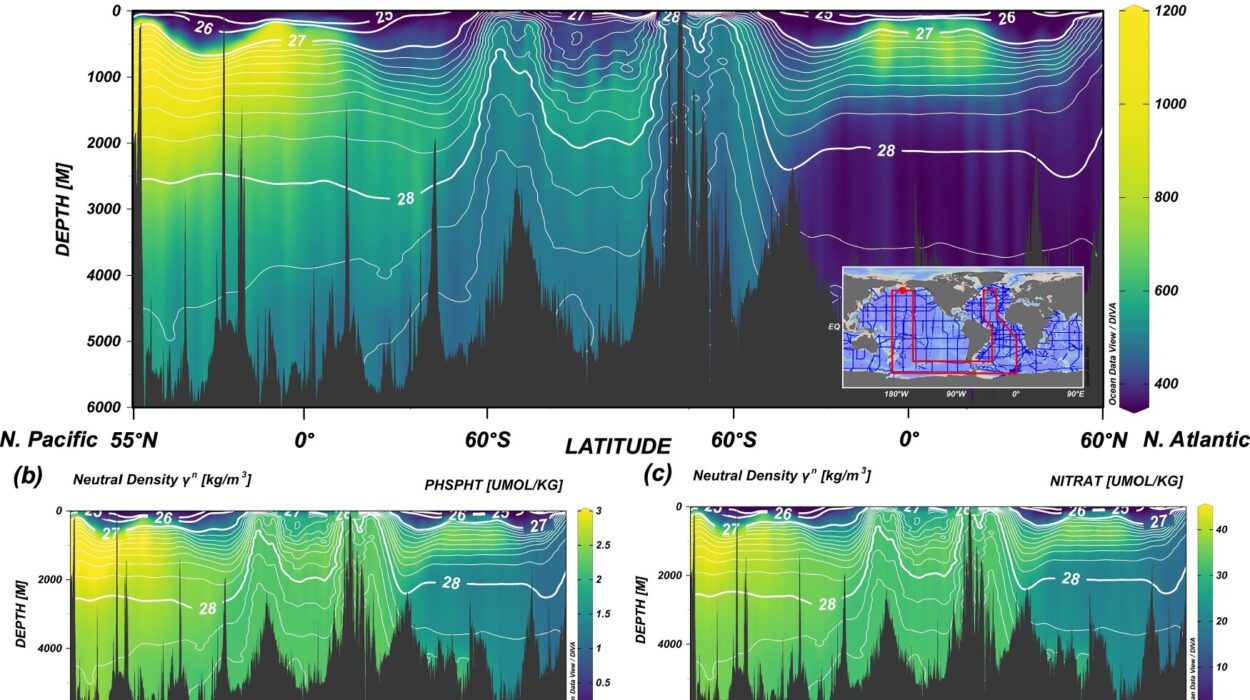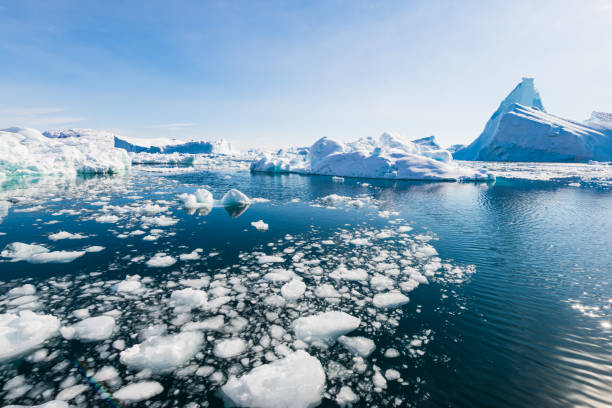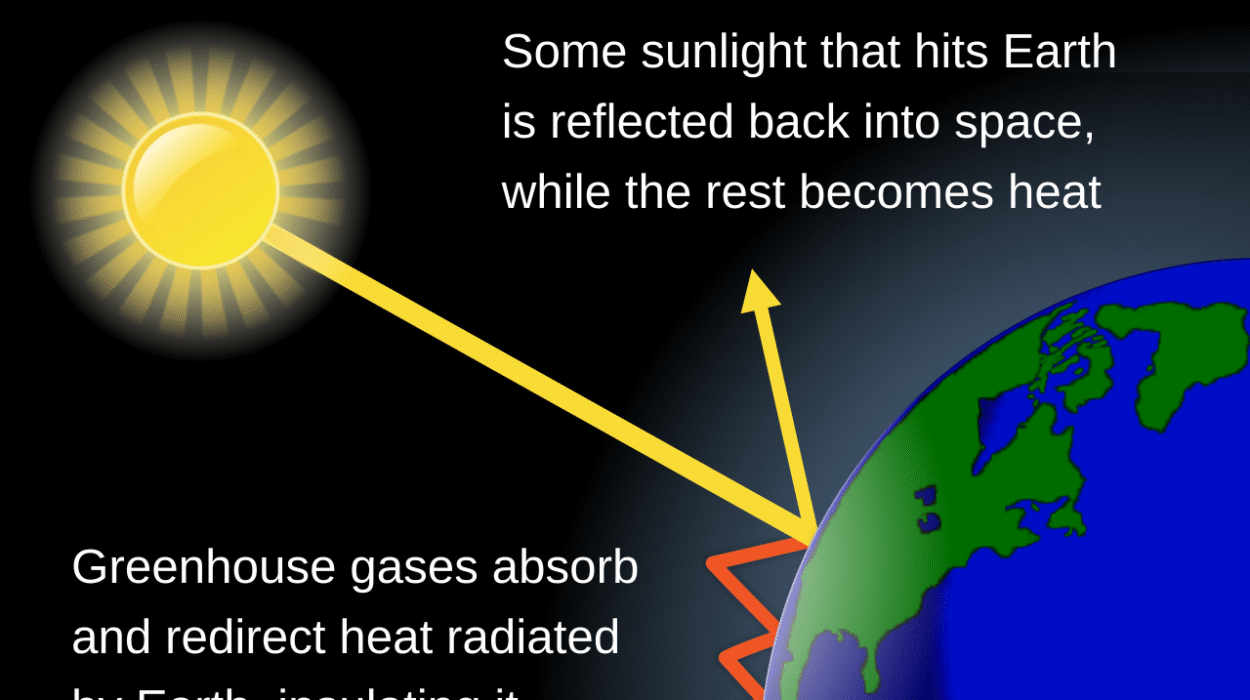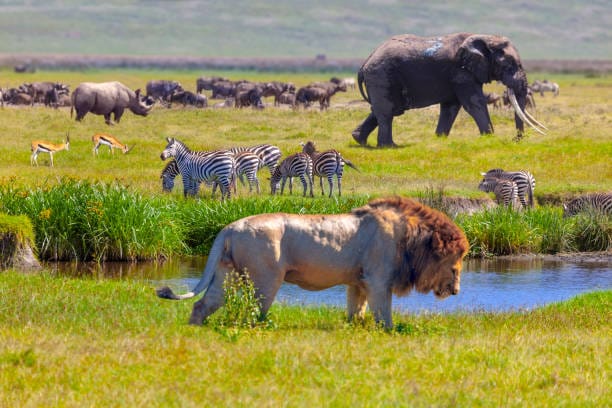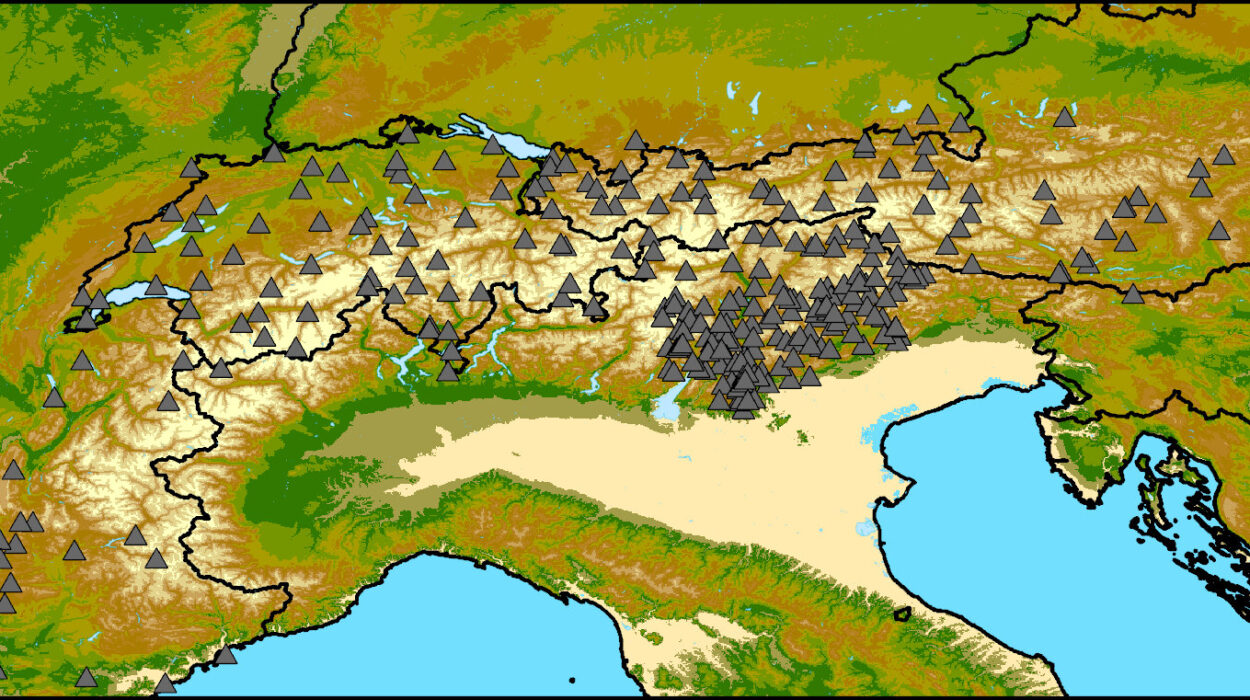As much of the United States grapples with warmer winters and milder temperatures, a surprising phenomenon persists: bone-chilling cold snaps. Even as global temperatures rise, winter’s harsh grip sometimes tightens across large portions of the country, leaving behind frozen roads, icy power lines, and the lingering question: why do we still get these extreme cold events?
A new study published in Science Advances offers a powerful clue: it’s all tied to the movements of the stratosphere, the layer of the atmosphere located more than 10 miles above our heads. Within this frigid realm, the polar vortex—a swirling mass of cold air that circles the Arctic—plays a crucial role in determining where and when extreme cold hits the ground. And as climate patterns shift, these cold air outbreaks seem to have a new rhythm, with two distinct patterns affecting different regions of the U.S.
The Polar Vortex: Not Just a Buzzword
The term “polar vortex” may sound like a catchy phrase thrown around during cold winter months, but the science behind it is far more complex. The vortex is a natural feature of the Arctic atmosphere, a swirling mass of cold air trapped high in the stratosphere. When it destabilizes, it can spill its icy contents southward, triggering severe cold spells.
Until recently, scientists didn’t fully understand how variations in this vortex could steer cold outbreaks to specific areas of the U.S. But in this new study, an international team of researchers uncovered two distinct vortex patterns, both of which are linked to a phenomenon called a “stretched vortex”—a distorted, displaced circulation that unleashes Arctic air far beyond its typical confines.
“The public often hears about the ‘polar vortex’ when winter turns severe, but we wanted to dig deeper and understand how variations within this vortex affect where and when extreme cold hits,” said the researchers.
Two Cold Patterns, Two U.S. Destinations
The researchers discovered that the polar vortex could take two distinct routes when it stretches and shifts.
- The Western Vortex: One pattern pushes the vortex toward western Canada, directing frigid air into the Northwestern U.S. This results in bitterly cold winters in states like Montana, Wyoming, and the Pacific Northwest.
- The Eastern Vortex: The other variation nudges the vortex toward the North Atlantic, sending frigid air across the Central and Eastern U.S., including the Plains, Midwest, and even reaching as far south as Texas.
Both patterns are influenced by global atmospheric waves that ripple across the planet. These waves alter the jet stream, dragging Arctic air far southward and disrupting the usual flow of air masses.
A Shift in Cold Spots: Northwest U.S. Gets Colder
Perhaps the most surprising finding of the study is the recent shift in cold patterns across the U.S. The Northwest, in particular, has experienced more frequent and intense cold outbreaks since 2015, despite overall warming trends. Researchers linked this shift to the westward-focused vortex pattern, which has become more common in recent years.
This pattern also aligns with stronger negative phases of the El Niño/Southern Oscillation (ENSO), a key climate driver known for influencing weather patterns worldwide. In simple terms, the increase in these westward vortex shifts appears to be tied to broader climate cycles, such as ENSO, that have altered the flow of cold Arctic air.
This shift has already had tangible impacts. In places like Montana and the Plains, regions that are typically accustomed to milder winters, colder-than-usual conditions have emerged. Perhaps most notably, in February 2021, the state of Texas faced one of the deadliest and most costly cold waves in modern history. The freezing temperatures caused widespread power outages, water disruptions, and sadly, loss of life.
The frequency and intensity of such cold snaps could increase as climate change continues to affect atmospheric patterns. In other words, warmer global temperatures don’t always translate into milder winters. Instead, they can bring more erratic weather patterns, including extreme cold outbreaks in unexpected places.
Understanding the Stratosphere’s Role in Forecasting
These findings are not just an academic curiosity—they have real-world implications for weather forecasting and preparedness. Understanding the shifting dynamics of the polar vortex can help scientists improve long-range forecasts, particularly during the winter months.
“We now know that shifts in the stratosphere have a direct impact on where cold air travels,” explained Dr. Laurie Agel, one of the study’s co-authors. “If we can better predict these shifts, we can give cities, power grids, and agriculture better tools to prepare for extreme cold, even as the climate warms overall.”
This insight could be a game-changer for infrastructure planning and disaster response. Cities can brace for potential energy surges, power grids can be reinforced to handle increased loads, and farmers can make adjustments to their crops before the first frost hits.
Climate Change: The Complexity of Warming
While many associate climate change with warmer weather, this study reinforces a crucial point: climate change is not just about a consistent rise in temperatures everywhere. It’s about more complex and sometimes counterintuitive shifts in how and where extreme weather occurs.
The U.S. may be experiencing warmer winters overall, but the polar vortex patterns suggest that places that were once accustomed to milder winters are now being caught in the grip of colder, more extreme conditions. The research indicates that climate change doesn’t always lead to uniform warming; instead, it alters the patterns that dictate weather, sometimes bringing more frequent and intense cold events in certain regions.
“Climate change doesn’t just mean warming everywhere all the time,” said the study’s lead author, Prof. Chaim Garfinkel. “It also means more complex and sometimes counterintuitive shifts in where extreme weather shows up.”
Looking Ahead: The Future of Cold Waves
With these findings, scientists hope to unravel the mystery of why certain parts of the U.S. seem to be getting colder, even as the planet warms. The new research provides crucial insights that can inform everything from daily weather forecasts to long-term climate models, helping us navigate an increasingly unpredictable future.
As strange as it may seem, in a warming world, sometimes it’s the cold that catches us by surprise.
Reference: Laurie Agel, Cold-Air Outbreaks in the Continental US: Connections with Stratospheric Variations, Science Advances (2025). DOI: 10.1126/sciadv.adq9557. www.science.org/doi/10.1126/sciadv.adq9557

